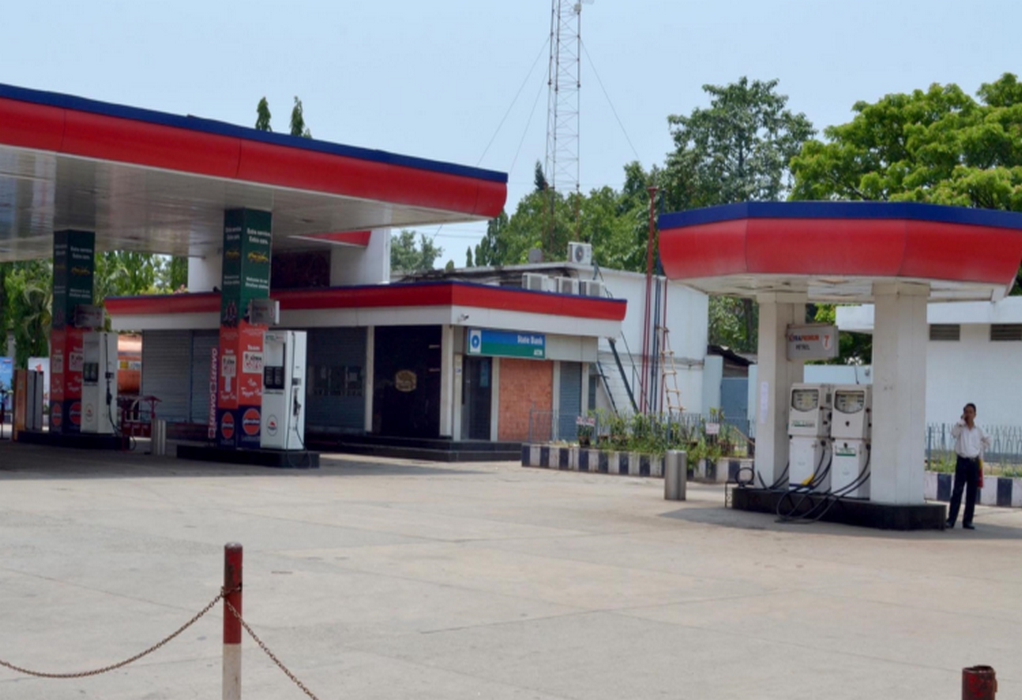According to IOC Chairman Shrikant Madhav Vaidya, the top Indian refinery will set up green hydrogen plants at all its refineries as it pivots a Rs 2-lakh crore green transition plan to achieve netzero emissions from its operations by 2046.
Indian Oil Corporation (IOC) is remodelling its business with an increased focus on petrochemicals to hedge volatility in the fuel business, while at the same time turning petrol pumps into energy outlets that offer EV charging points and battery swapping options besides conventional fuels as it looks to make itself future-ready.
The company intends to expand its refining capacity to 106.7 million tonnes per annum from 81.2 million tonnes as it sees India’s oil demand climbing from 5.1 million barrels per day to 7-7.2 million bpd by 2030 and 9 million bpd by 2040.
Hydrogen — the cleanest known fuel that discharges only oxygen and water when burnt — is being touted as the fuel of the future, but its relatively higher cost then alternate fuel currently limit its usage in industries. Refineries, which turn crude oil into fuel such as petrol and diesel, use hydrogen to lower the sulfur content of diesel fuel.
This hydrogen is currently produced using fossil fuels such as natural gas. IOC plans to use electricity generated from renewable sources such as solar to split water to produce green hydrogen.
In an interview with PTI, Vaidya said the company will set up a 7,000 tonnes per annum green hydrogen producing facility at its Panipat oil refinery at a cost of Rs 2,000 crore by 2025.
This is part of the company’s target of achieving net-zero emissions from operations by 2046.
These investments cover setting up green hydrogen facilities at refineries, improving efficiency, renewable energy capacity addition and alternate fuels.
Currently, IOC’s greenhouse gas (GHG) emission, emanating majorly from the company’s refining operations, is 21.5 million tonnes of carbon dioxide equivalent (MMTCO2e) per annum. This will rise to 40.44 MMTCO2e by 2030 after considering the expansions planned and taking the emissions of its subsidiaries into account.
The company plans to use natural gas in refineries in place of liquid fuels as well as replace grey hydrogen (produced from fossil fuel) with green one that is manufactured from renewable power.
IOC is also looking at carbon offsetting through ecosystem restoration and Carbon Capture Utilisation and Storage (CCUS), among others.
Out of its current emissions, 96 per cent are on account of processes like direct fuel burning for deriving energy from heat, steam, electricity and cooling, which are part of operations. These constitute the Scope-1 emissions. The balance 4 per cent is on account of sourcing electricity from the grid which constitutes Scope-2 emissions.
It plans for green hydrogen to account for 50 per cent of its overall hydrogen output in 5-10 years and 100 per cent by 2040.
The petrochemical intensity – the percentage of crude oil converted into chemicals- is low at 5-6 per cent currently. “We intend to take it up to 10-12 per cent,” he said.
The firm’s newer refineries at Panipat in Haryana and Paradip in Odisha have the petrochemical intensity of 15-20 per cent, which would be raised to 25 per cent, he said, adding the all-India average being targeted is 10-12 per cent.
Tags: Green Hydrogen, IOC, Petrol Pumps

Recent Posts
India gets major push with first multi-purpose Green Hydrogen project
Carbon Clean starts CCS module construction
All American delivers hydrofoil-assisted tour vessel
Safe Bulkers continues fleet renewal with eco-friendly Kamsarmax
Solution developed to convert paper sludge, food and textile waste into bioethanol
V.Ships seals shipmanagement deal for X-Press Feeders
G7 countries task IRENA to monitor Group’s renewable energy progress
Kongsberg Maritime hybrid technology to optimise energy use and cut emissions